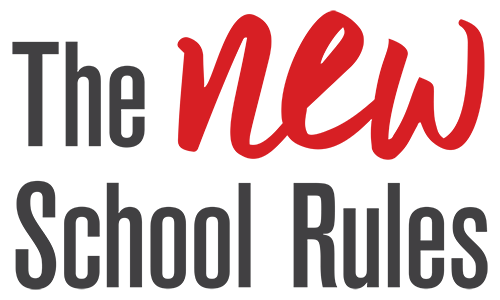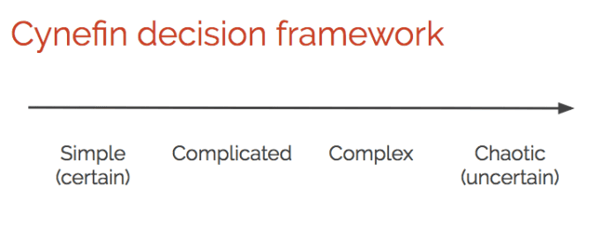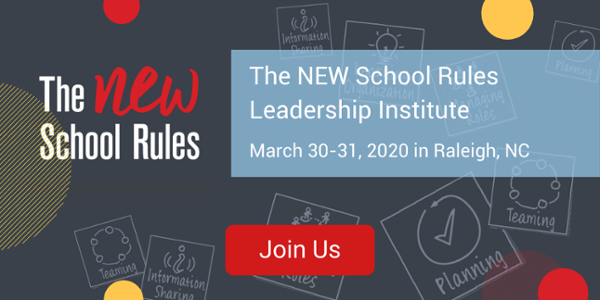
Clarify Complicated vs. Complex
As we support districts to use The NEW School Rules to make changes in their teams and organizations, we often hear the terms complicated and complex used interchangeably. I’ve also often used them as synonyms. It wasn’t until facilitators at a change management workshop last year asked my group to define the difference that I Googled “complex vs complicated” and found a simple definition that I like and continue to use today. Complicated challenges are the “known unknowns” and complex ones are the “unknown unknowns.”
Others have described complex as being at the far end of a spectrum from certain to uncertain. Mike Arauz, co-founder of August, an international consulting firm, has asserted, the difference “between optimizing for certainty vs. optimizing for uncertainty — is at the core of what separates successful organizations from everyone else.” Most companies are designed for certain, or simple, tasks (like building furniture on an assembly line). Very few are optimized for uncertain, or complex, tasks. Yet many futurists and business leaders insist that this is exactly what humans and organizations will need to be good at, especially as computers increasingly become better than us at simple tasks (like putting together IKEA furniture).
Real Life: Sense making
Recognizing the difference between complicated and complex challenges is important. As Theodore Kinni has shared, “If you’re a leader and you treat a complex problem like a complicated problem, you are setting up yourself and your company for failure.” And yet, I often found it difficult to help my clients determine which challenges are complicated and which are complex. When I encountered the Cynefin framework earlier this year I was thrilled. It has helped me (and many of the leaders I work with) better understand and name the context we are working in (simple, complicated, complex, or chaotic). This conceptual framework has often been described as a “sense-making device.” I find it helps sort issues, diagnose needs, and determine next steps. I’ve seen it be most helpful when thinking about “people challenges.” On first pass, many leaders tend to assume that all people related challenges fall into the same category. But defining which context each particular challenge falls into helps us know how to approach “solving” it. In a recent conversation with a team lead we identified two people problems: staffing and coaching. Using the Cynefin framework we were able to see that these two challenges were situated in two different contexts. Determining how to staff a project is a complicated challenge–it requires an approach of identifying and solving, based on changing but known inputs. Determining how to develop struggling team members is a complex one, and it requires an approach of trying, learning, and adapting.
Visualize: Certain to uncertain
Use It: Name your context
If you want to start raising awareness and understanding of the context you and your teams are working in, I recommend using the Cynefin framework to create a shared language across your teams. If you want to learn more the framework check out this Harvard Business Review article by the framework’s creator David Snowden. You can also join me in conversation anytime at @kearaduggan.
Looking for more insights into and ideas for innovative leadership? Apply to attend The NEW School Rules Leadership Institute in December 2018.
This blog post was originally published on The KikiBrief.
About Keara Mascareñaz
Keara is a Managing Partner at Education Elements who focuses on how to build and scale a culture of innovation in large systems, how to create national communities of collaboration, and how to keep laughing when pursuing daunting, large-scale changes. She was lucky to collaborate with co-authors Alexis Gonzales-Black and Anthony Kim to design the website and toolkit for The NEW School Rules: 6 Practices for Responsive and Thriving Schools.






